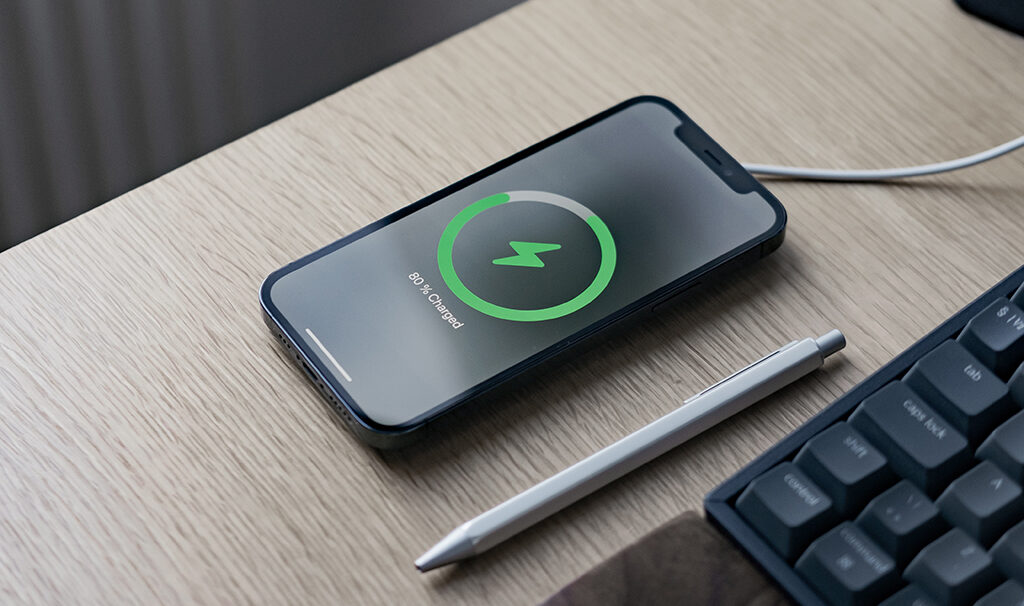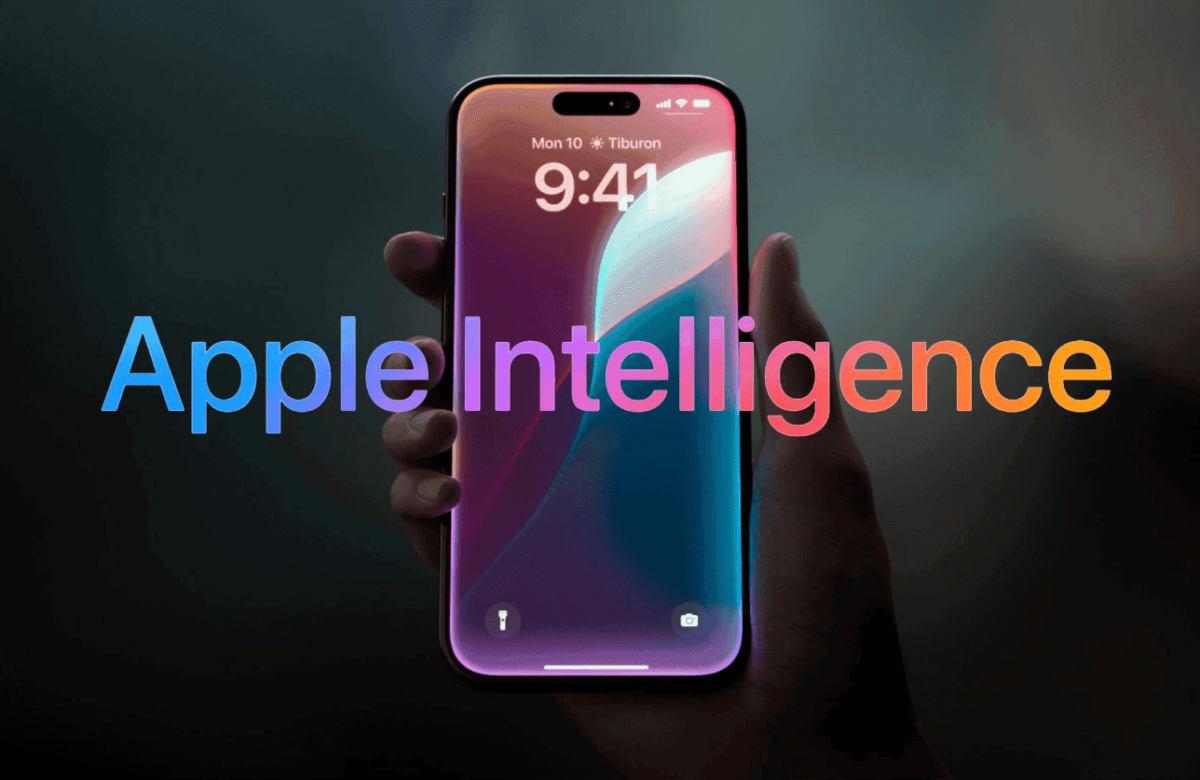
How to Optimize Battery Health on Your iPhone: Myths vs. Facts
- Iphone
- April 11, 2025
- 344
iPhones have become essential to our personal and professional lives, and their battery life plays a critical role in keeping us connected. Yet, there’s a lot of conflicting advice out there about how to best maintain your iPhone’s battery health. This article separates common myths from facts, so you can make informed choices that truly extend your device’s lifespan.
Understanding Battery Health
Before diving into myths, it’s important to understand what “battery health” means. In iPhones, battery health refers to the battery’s capacity to hold charge compared to when it was new. Over time, lithium-ion batteries chemically age, reducing their maximum capacity and peak performance.
You can monitor your iPhone’s battery health by going to: Settings > Battery > Battery Health & Charging
Now, let’s look at common misconceptions — and the truth behind them.
Myth 1: Closing Background Apps Saves Battery
Fact: Force-quitting apps regularly can actually reduce battery life.
iOS is designed to manage background apps efficiently. When you swipe up to close apps constantly, you force the phone to reload them from scratch when opened again, using more power than if they were left suspended.
Tip: Only close an app if it’s misbehaving or stuck. Otherwise, let iOS handle the memory.
Myth 2: Charging Overnight Damages the Battery
Fact: iPhones are smart enough to prevent overcharging.
Thanks to the Optimized Battery Charging feature introduced in iOS 13, your iPhone learns your daily routine and slows down charging past 80% until you need to use the device. This limits the time the battery spends at 100%, which can reduce chemical aging.
Tip: Ensure Optimized Charging is enabled via
Settings > Battery > Battery Health & Charging
Myth 3: You Should Let the Battery Fully Drain Before Charging Again
Fact: Deep discharges are harmful to lithium-ion batteries.
Frequent full discharges (from 100% to 0%) put unnecessary stress on your battery. It’s actually healthier to keep the charge between 20% and 80% whenever possible.
Tip: Don’t wait for your iPhone to hit 1% — plug in before that point.
Myth 4: Using Your Phone While Charging Damages the Battery
Fact: It’s safe to use your iPhone while it’s charging.
While it’s true the device may heat up a bit, modern iPhones are built to manage temperature and power flow safely. However, excessive heat — not the act of using the phone itself — is what can affect battery health.
Tip: Avoid gaming or high-performance tasks while charging in hot environments to minimize heat buildup.
Myth 5: Third-Party Chargers Always Harm the Battery
Fact: Not all third-party chargers are bad — only uncertified ones.
MFi-certified (Made for iPhone) accessories meet Apple’s safety standards and are safe to use. The real danger comes from cheap, uncertified cables and plugs that can overheat or supply irregular current.
Tip: Look for MFi certification or buy directly from reputable brands.
Bonus Tips to Prolong Battery Health
- Avoid high temperatures: Don’t leave your iPhone in a hot car or direct sunlight.
- Remove bulky cases when charging: Some cases can trap heat, especially during fast charging.
- Use Low Power Mode when needed: It reduces background activity and saves energy.
- Keep iOS updated: Software updates often include power management improvements.
The Bottom Line
Battery myths persist because we all want to get the most out of our devices. But by following the facts — and taking advantage of the smart battery features Apple has built in — you can help your iPhone stay healthy and reliable well beyond the first year.


